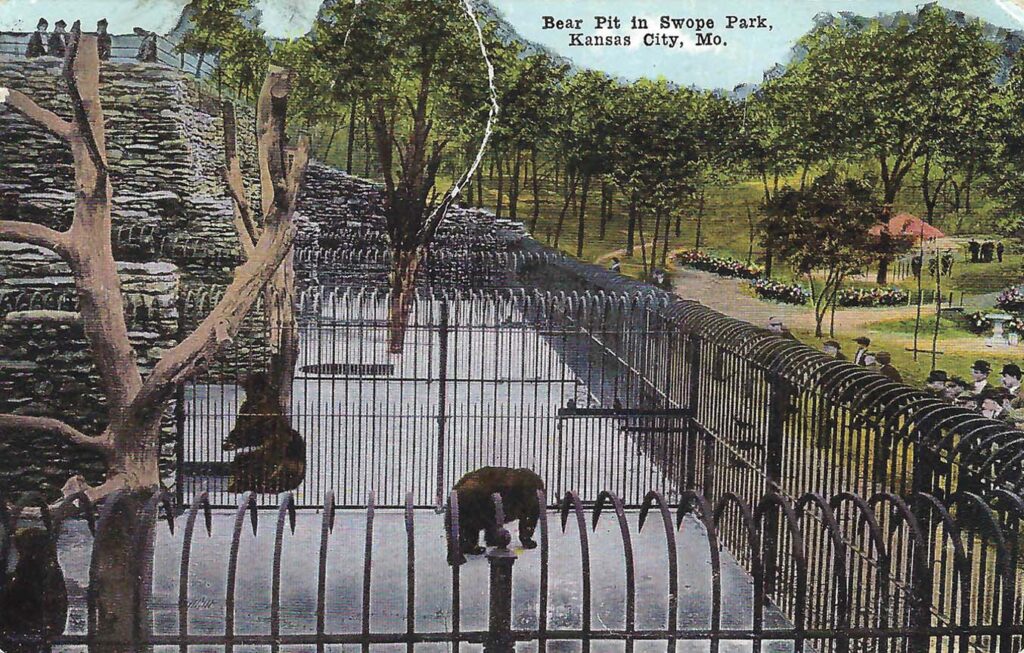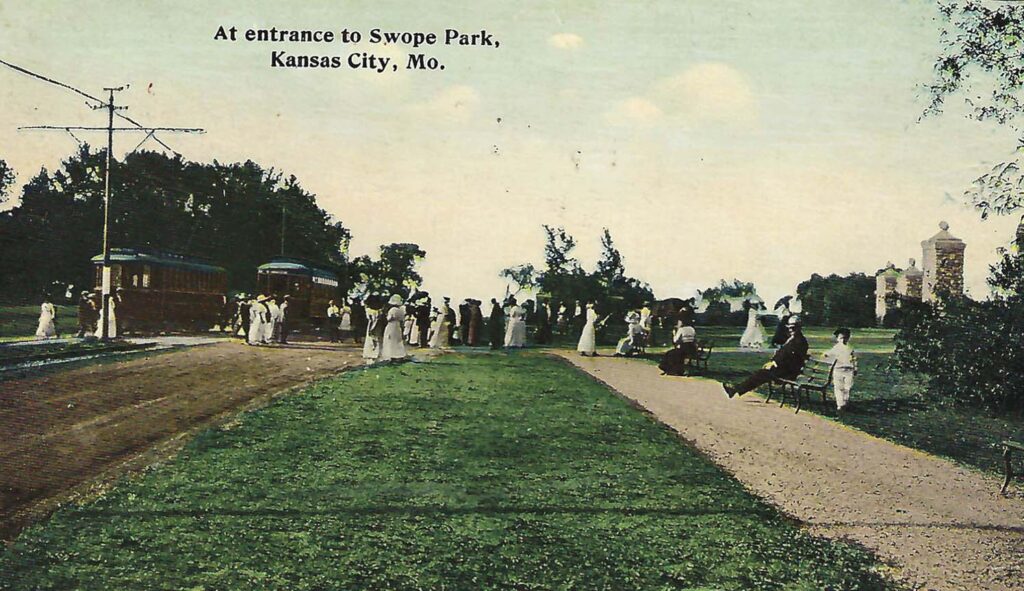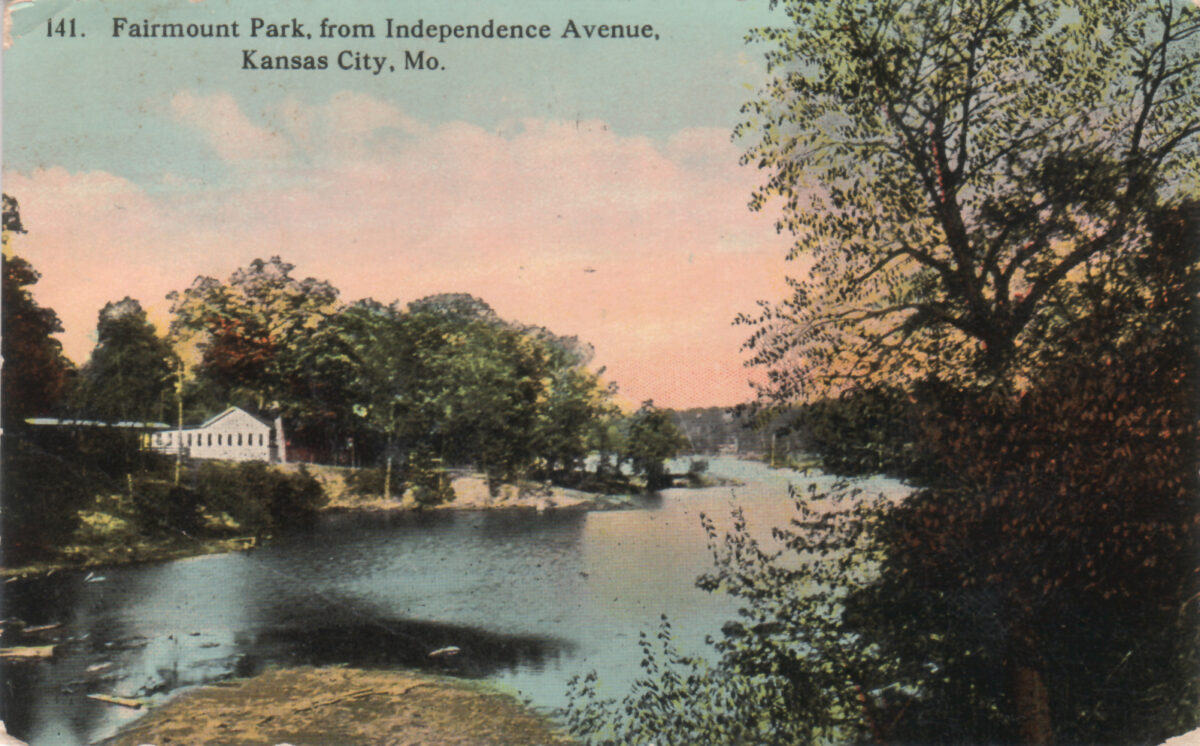
Michael Bushnell
Publisher
“Kansas City cannot be a metropolitan area without a quality zoological garden,” said Barron Fradenburg, founding partner of the Fradenburg-Trotter Fire Insurance Company, located in the Dwight Building in downtown Kansas City.
“An idea to create the largest zoological garden in the United States – there will be nothing better in the world. Swope Park is an admirable site for this purpose,” Fradenburg continued.
Fradenburg’s plea prompted a small group of local citizens to create one of the premier zoological gardens in the country. Colonel Thomas Swope had donated the land, at least partially for that purpose, back in 1896, and in 1908, following a letter writing campaign from local school children, the Kansas City Zoological Society was granted their request of roughly 60 acres inside the park to be developed as a zoological garden.

The new Zoo and Animal House was built of native fieldstone and dedicated on December 13, 1909. The zoo’s collection of exotic animals included four lions, three monkeys, a wolf, a coyote, a badger, an eagle and a variety of other avian creatures.
Large sliding doors allowed the animal keepers to limit the outdoor hours, and keep the lions and tigers in adjoining indoor-outdoor cages where they could also be viewed by the public. Feeding time was around 10 a.m. and often drew large crowds of people who had taken an early streetcar to the park to catch a glimpse of the spectacle.
The private message on the back of the card reads: “Visited the zoo yesterday (Sunday) and heard the lion roar. Let’s go some day when spring comes and the park doesn’t look so dry and barren. There are 1,400 acres so I didn’t see it quite all in one afternoon.”
The park land, then outside the city limits, was a donation to the City of Kansas City made by Swope, a prominent area real estate developer who arrived in Kansas City in the late 1850s amid promises of fortunes being made on the edge of the western frontier.
The 1,350-acre park was dedicated on June 25, 1896, with much fanfare. Mayor James Jones declared the day as Swope Park Jubilee Day, and a grand celebration was held near the park’s entrance at what is now Swope Parkway and Meyer Boulevard.
Col. Swope, however, was not in attendance, choosing to visit the park earlier that morning in his carriage. Unrecognizable by many due to his reclusive lifestyle, Swope was well pleased with the outcome, despite critics of the park decrying its location being roughly three miles outside the present city limits.

Swope’s death in October 1909 made him a household name for the next three years, given the mysterious circumstances under which he died. Swope complained of not feeling well during the evening of his death. His personal physician, Dr. Bennett Clark Hyde, gave him a “digestive pill.” Later that night, Swope went into convulsions and died.
Over the next few months, a number of the members of the Swope household took sick and mysteriously died after being “treated” by Dr. Hyde. Hyde went to trial three times and was convicted once of murdering Col. Swope. He appealed the decision to the Supreme Court, and two more trials followed. One was declared a mistrial, and the other resulted in a hung jury.
After seven years and a mountain spent on legal fees, the Swope family decided to forego any further litigation. Col. Swope’s death would forever remain a mystery.

















